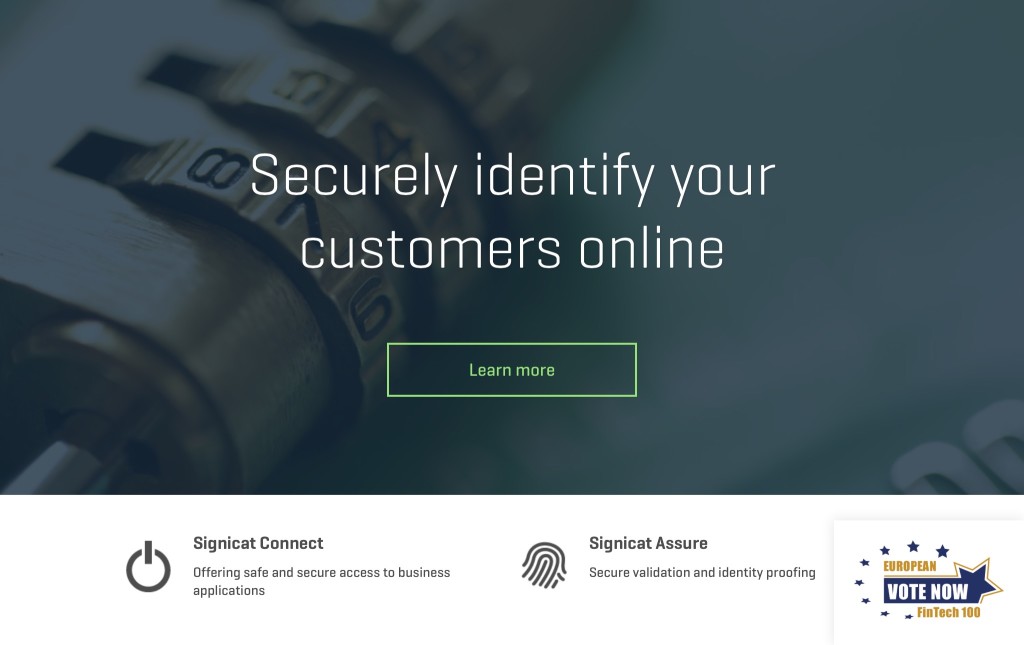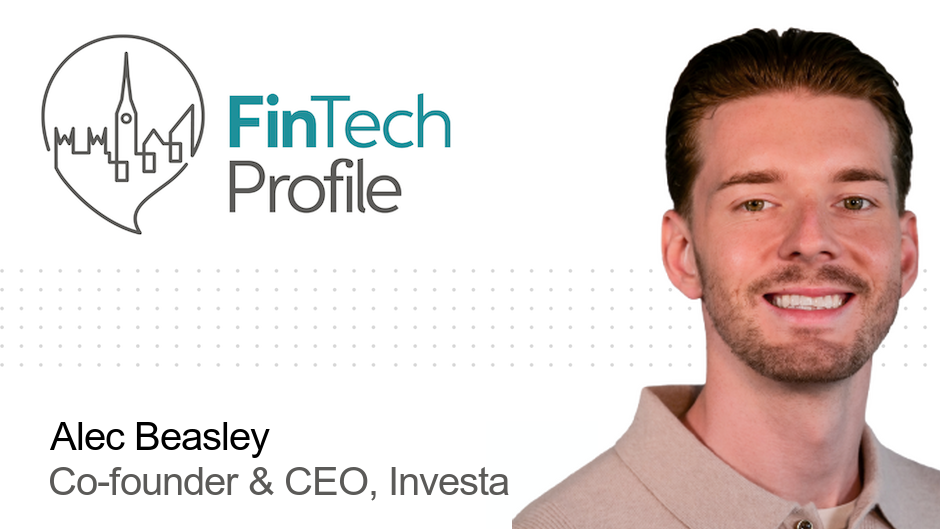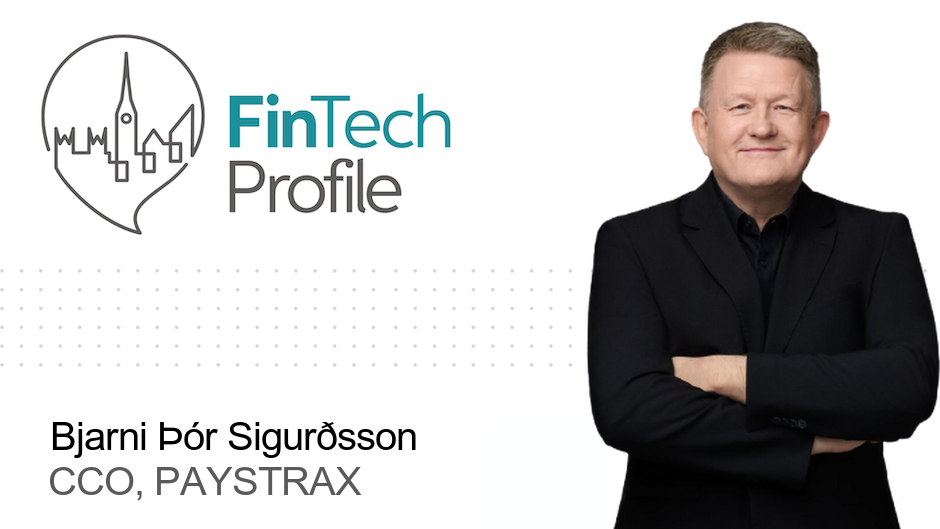Gunnar Nordseth Of Signicat

Today we are joined by Gunnar Nordseth from Signicat.
Signicat is the first and largest Identity Assurance Provider in the world, providing regulated markets with the technology to create mutual trust between organisations and their public. Founded by Gunnar Nordseth, Arne Vidar Haug and Harald Stendal.
Our questions are in bold.
– – – – –
Who are you and what’s your background?
I’m Gunnar Nordseth, and I’m Co-Founder and CEO of Signicat, the first and largest Identity Assurance Provider in the world.
Since 2007 I have been involved in establishing Signicat as a global leader of cloud based services for electronic identity and electronic signature. I have more than 15 years of experience within information security including electronic identity. I hold a Master’s Degree in Numerical Mathematics from the Norwegian University of Science and Technology.

What is your job title and what are your general responsibilities?
My job title is CEO, which in practice means I am a little bit involved in everything going on around here. My most important responsibility is to pull everyone in the same direction – that is towards our vision of a future where organisations and individuals can establish mutual trust with a single click.
Can you give us an overview of your business?
Based in Trondheim, Norway, and founded in 2007, Signicat is the first and largest Identity Assurance Provider in the world. We offer regulated markets simple and secure access to digital identity data. Ultimately we provide businesses with the technology to establish and maintain trust with their customers.
With Signicat, service providers can leverage existing customer credentials to connect users, devices and even ‘things’ across channels, services and markets transforming identity into an asset rather than an inhibitor. By ditching manual, paper based processes and replacing them with access to an electronic ID hub, customer on-boarding is accelerated and access to services is made simple and secure. Service providers can rapidly grow market share, easily acquire new customers, and ensure compliance with financial, privacy and data protection regulations including AML and KYC.
Tell us how you are funded.
The company has raised €2,5m equity capital so far, from private investors, employees and Norwegian VC Viking Venture.
Why did you start the company? To solve what problems?
While working within electronic identity and authentication for one of the Norwegian banks, my colleagues and I saw the need for a simpler way of implementing electronic trust for banks and financial institutions. We found that the existing solutions for KYC and authentication were too complex and required highly specialised competence for implementation. We saw potential for offering a cloud based alternative with pan-European coverage offering a wide range of identity services, including KYC, strong authentication and electronic signature through a single point of contact.
Who are your target customers? What’s your revenue model?
We target customers in regulated markets in Europe. We are primarily a B2B2C business, but also have some B2B2B customers. The majority of our customers are banks, financial institutions and insurance companies who want a single point of contact for all their online trust requirements. This includes using our services for the initial onboarding of the end customers, flexible authentication of returning customers, and electronic signature for digitising manual processes.
The typical customer operates in several markets and uses Signicat to simplify the task of integration with national infrastructures and technology, and to comply with national and regional legislation. One of our customers, Santander Consumer Finance, uses our identity services for onboarding of customers and signing of contracts for car loans and consumer financing in four Nordic countries.
We have a recurring revenue based business model, with a fixed subscription rate based on the number of services the customer is using and a volume based fee on top of that.

If you had a magic wand, what one thing would you change in the banking and/or FinTech sector?
European banks and fintechs should take notice of the success banks have had with federated identity in the Nordic Region for the last ten years. This trend is already spreading, with ongoing establishment of cross industry schemes or federations for eID. These are established by banks, telecommunications companies and others who want to exploit the network effect of providing electronic identity across industries and businesses.
Examples of such ecosystems include the recently announced partnership between Dutch banks to establish a federation of electronic identity, as well as the MyBank initiative by the EBA and GSMA Mobile Connect.
What these initiatives have in common is that they connect existing electronic identity together in federations. Therefore, a customer of a Dutch bank can use his online banking login to establish a customer relationship with an ecommerce retailer.
Initiatives like the Dutch interbank login and MyBank have the potential for rapid deployment of digital onboarding. They build on existing electronic identity that already is in frequent use for Internet banking, sidestepping the need for costly and time consuming deployment of new electronic identity.
What is your message for the larger players in the Finance industry?
Collaboration is key for the large players. Open up and contribute to a common platform shared with the fintech industry, and you will see that the result is a bigger pie by the end of the day!
What phone are you carrying and why?
A Sony XPeria – because it’s waterproof, and I destroyed my last phone while biking in the rain!
Where do you get your industry news from?
TechCrunch, VentureBeat, banknxt, LinkedIn, Reddit, Financial Times, The Economist.
Can you list 3 people you rate from the FinTech sector that we should be following on Twitter?
Anil Aggarwal, @anildaggarwal, Founder of Money2020
Thomas Bostrøm Jørgensen, @thomasjorg, CEO at Encap Technologies
Gerard Grech, @GerardGrech, CEO at Tech City UK
Can you suggest the name of an Angel Investor or VC that might be interested in being profiled?
Jostein Vik at Viking Venture.
What’s the best FinTech product or service you’ve seen recently?
Apart from our own Signicat Assure online KYC product, I think TransferWise is a great example of a simple and disruptive new service.
Finally, let’s talk predictions. What trends do you think are going to define the next few years in the FinTech sector?
Trust and digital identity is a requisite for cross-border transactions. Without trust and digital identity, the growth potential will be limited. Merchants wishing to participate in cross-border commerce need to know their customers, and the only realistic way to do this is through electronic identity.
I think it will become commonplace to outsource the complexity of identification and authentication to specialists, just as the merchants did with payments. Identity providers not only specialise in protecting customers from identity theft, but also allow customers to re-use their existing IDs and credentials, preventing the build up of a ‘digital key chain’.
– – – – –
Thanks to Gunnar for his answers today. You can find out more about Signicat on their website and twitter.
If you would like to receive email updates whenever we publish, sign up to our Newsletter. You can unsubscribe at any time and we will never use your email for anything else.
If you’ve any suggestions for hot FinTech companies (startup, or established ventures) that we should be profiling, or have an opinion piece to offer, or a FinTech related event you’d like to tell us about, have a look here for more details.





